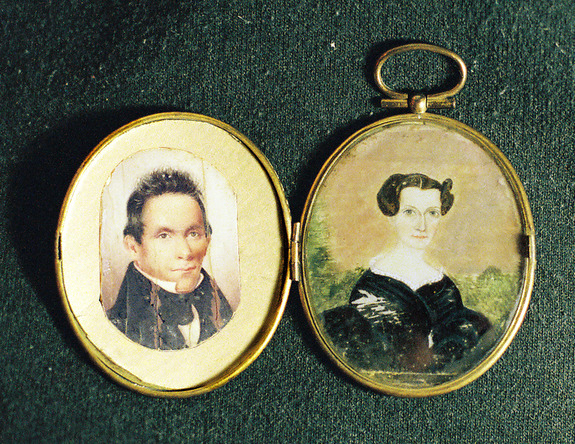Banished from the tribePosted in Articles, Economics, Law, Media Archive, Native Americans/First Nation, Politics/Public Policy, United States on 2016-07-26 01:53Z by Steven |
Inter-County Leader/Washburn County Register
Cooperative-Owned Newspapers Serving Northwest Wisconsin
2016-07-25
Ed Emerson
Gary King
WEBSTER – Tony Ammann is the grandson of former longtime St. Croix Chippewa chief and traditional “midewiwin” spiritual leader Archie Mosay. His mother, Archie’s daughter, has Department of Interior papers certifying her blood quantum requirement to be a member of the tribe. Despite Ammann’s lineage and heritage, the St. Croix Chippewa Tribal Council is actively seeking to banish him from the tribe.
Ammann says the attempt at disenrollment is an old vendetta that underlines the need for reform and greater accountability within tribal governance.
Soon after taking office more than one year ago, the newly elected tribal council began a process to disenroll as many as 16 tribal members. Five of them have legally challenged the action, and a tribal judicial hearing on the matter is scheduled for Wednesday, July 20.
Ammann says many of the others are reluctant to speak out, fearing reprisal or loss of employment. The tribe at one of its casinos employs Ammann. Ammann’s sister, Brooke, is also a plaintiff challenging the disenrollment action.
The St. Croix Chippewa have 1,054 members residing on eight separate enclaves scattered throughout multiple counties. The tribe is the largest employer in Burnett County. It operates casinos at its tribal headquarters in Hertel and in Turtle Lake and Danbury. Annual revenue is said to be in excess of $100 million.
Tribal elders receive per capita payments of approximately $10,000 per year – other members approximately $4,800 per year. Banishment would mean losing that payment and all hunting and fishing rights. The St. Croix Chippewa maintain a blood quantum requirement of 50 percent. It is one of fewer than 10 of 562 federally recognized tribes in the United States to retain such a stringent standard…
Read the entire article here.

